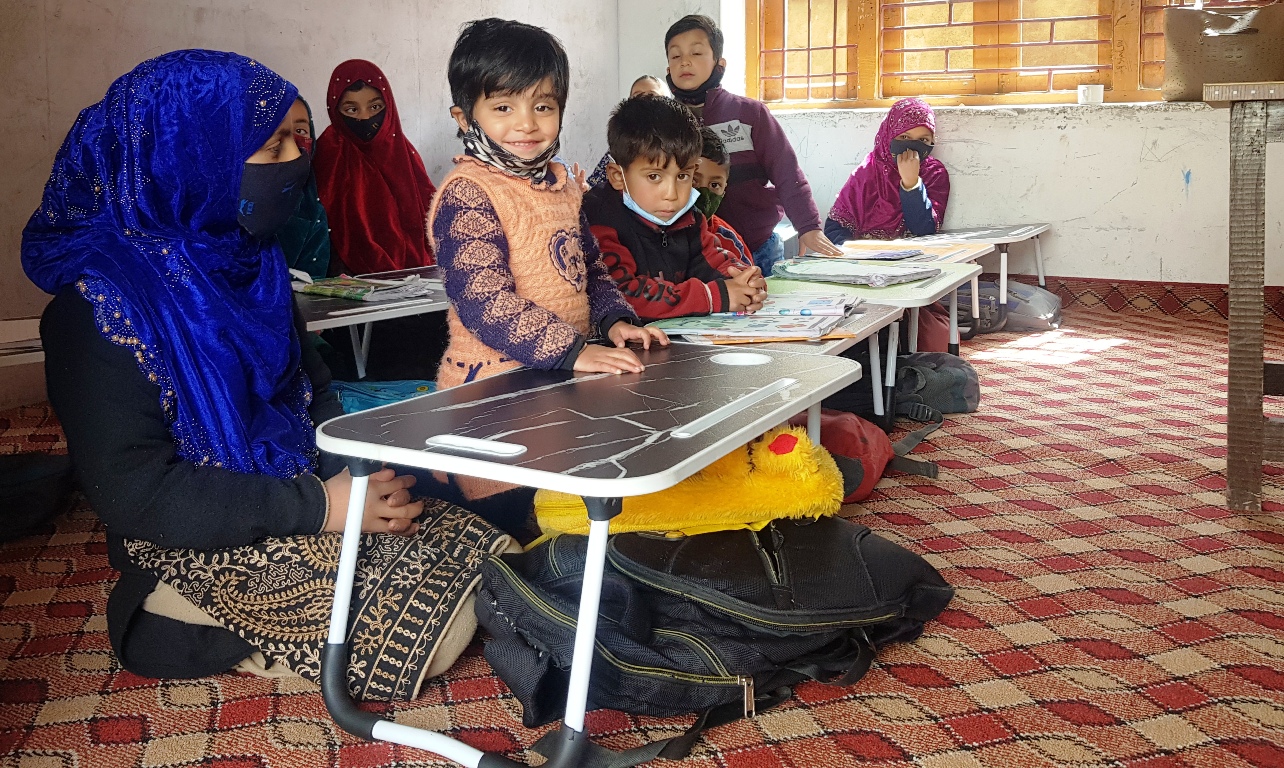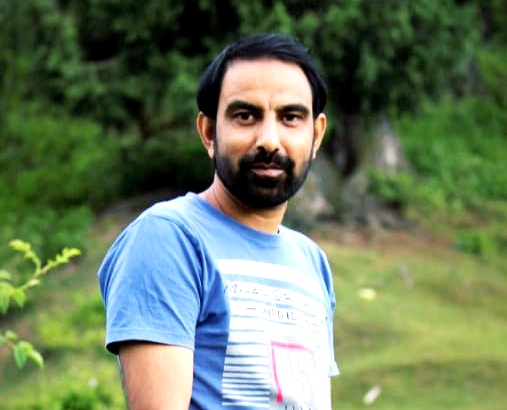by Bilal Gani
Technology should complement traditional teaching methods rather than replace them

In the breathtaking landscape of Kashmir, where nature’s beauty intertwines with a rich cultural heritage, the pursuit of educational excellence has always been a vital part of the region’s identity. Crafting a roadmap for enhancing school education in Kashmir is not just a goal; it’s a commitment to nurturing the potential of our youth and catalysing holistic development.
The educational journey in Kashmir has seen both triumphs and trials, shaped by historical and political dynamics. To foster excellence, we must bridge tradition and modernity, merging heritage with global standards. Our vision extends beyond mere academic achievement; it encompasses holistic student development, equipping them for an ever-evolving world. By reimagining curricula, empowering educators, enhancing infrastructure, and engaging communities, we unveil a comprehensive blueprint for educational advancement in Kashmir.
Challenges
Kashmir’s education system grapples with unique challenges deeply rooted in its history and environment. Political instability and conflict have disrupted the regular functioning of schools, creating an atmosphere of fear and uncertainty for both students and teachers. Geographical constraints and inadequate infrastructure have limited access to quality education in remote areas, depriving many children of educational opportunities.
One of the persistent challenges is the alignment of the curriculum with the demands of the job market and global trends. The shortage of qualified teachers in the region is another issue that has a direct impact on the quality of education. Many educators face difficulties in accessing training and professional development opportunities, resulting in a gap in teaching quality and student learning outcomes.
Language disparities further complicate the educational landscape. While Kashmiri is the primary language spoken at home, English and Urdu serve as the mediums of instruction in schools. This language gap can hinder effective learning for students. The inadequacy of basic infrastructure, including proper classrooms, libraries, and sanitation facilities, hinders the overall learning experience.
Additionally, the frequent internet shutdowns, often employed as a security measure, disrupt online learning and access to educational resources, especially during critical exam periods. The State Institute of Education (SIE), a significant player in the region’s education, faces challenges of its own. It has struggled academically due to political influence, with no specialized cadre or qualified faculty.
Strategies for Progress
Overcoming these formidable challenges requires a multifaceted approach that engages government intervention, community participation, and a focus on teacher training and curriculum development. Here are the strategies that can help transform education in Kashmir:
Teacher Training and Recruitment
The teachers at the primary and secondary levels of education need familiarization with the National Education Policy (NEP) of 2020. To achieve this, the administration should initiate faculty and student exchange programs with reputable institutions across India. The selection of teachers for such exchange programmes can be merit-based, and conducted at the zonal level. This exposure to national standards will help bridge the gap between Kashmir’s conflict-hit education system and the standards set by national institutions.
Curriculum Reform
To enhance the quality of education in Kashmir, it is imperative to implement several key curriculum reforms. Firstly, there should be regular updates to the curriculum to align it with the evolving requirements of the job market and global trends. Additionally, introducing vocational education programmes can provide students with practical skills that are highly valuable in today’s world. Digital literacy should also be integrated into the curriculum to ensure that students are proficient in using technology responsibly and effectively. Furthermore, promoting bilingual or multilingual education is crucial to bridging the language gap, ensuring that students are adept in both Kashmiri and the mediums of instruction, such as English or Urdu. These curriculum enhancements will equip students with a well-rounded education that prepares them for the challenges of the modern era.
Community Engagement
To create a thriving educational ecosystem, it’s essential to involve parents, community leaders, and local NGOs. Awareness campaigns and school committees can be established to engage these stakeholders actively. Collaborative efforts ensure that subaltern groups attending these schools do not feel any inferiority complex. Education is a societal endeavour that requires support from civil society.
Leveraging Technology
Leveraging technology can significantly enhance the quality of education by providing innovative tools and resources for both educators and students. Interactive learning platforms, e-learning courses, digital classrooms, and online assessment and feedback mechanisms are some ways to use technology to improve the quality of education. It is crucial that technology should complement traditional teaching methods rather than replace them. When used effectively, technology can enhance engagement, accessibility, and the overall quality of education.

Implementing these practical solutions will require a concerted effort involving government agencies, educational institutions, civil society organizations, and the community at large. Additionally, a long-term commitment to improving the education system in Kashmir is essential to overcome these challenges and provide quality education to all students in the region.
The roadmap for enhancing school education in Kashmir is a multifaceted endeavour that seeks to address the unique challenges and opportunities in the region. By focusing on teacher training, curriculum reform, community engagement, and technology integration, we can lay the foundation for a brighter and more promising future for education in Kashmir. This vision reflects not just the aspirations of the region’s youth but also the commitment to building a better tomorrow for all of Kashmir.
(The author is pursuing his PhD from the Central University Kashmir in politics and international relations. The opinions expressed in this article are those of the author and do not purport to reflect the opinions or views of Kashmir Life.)














